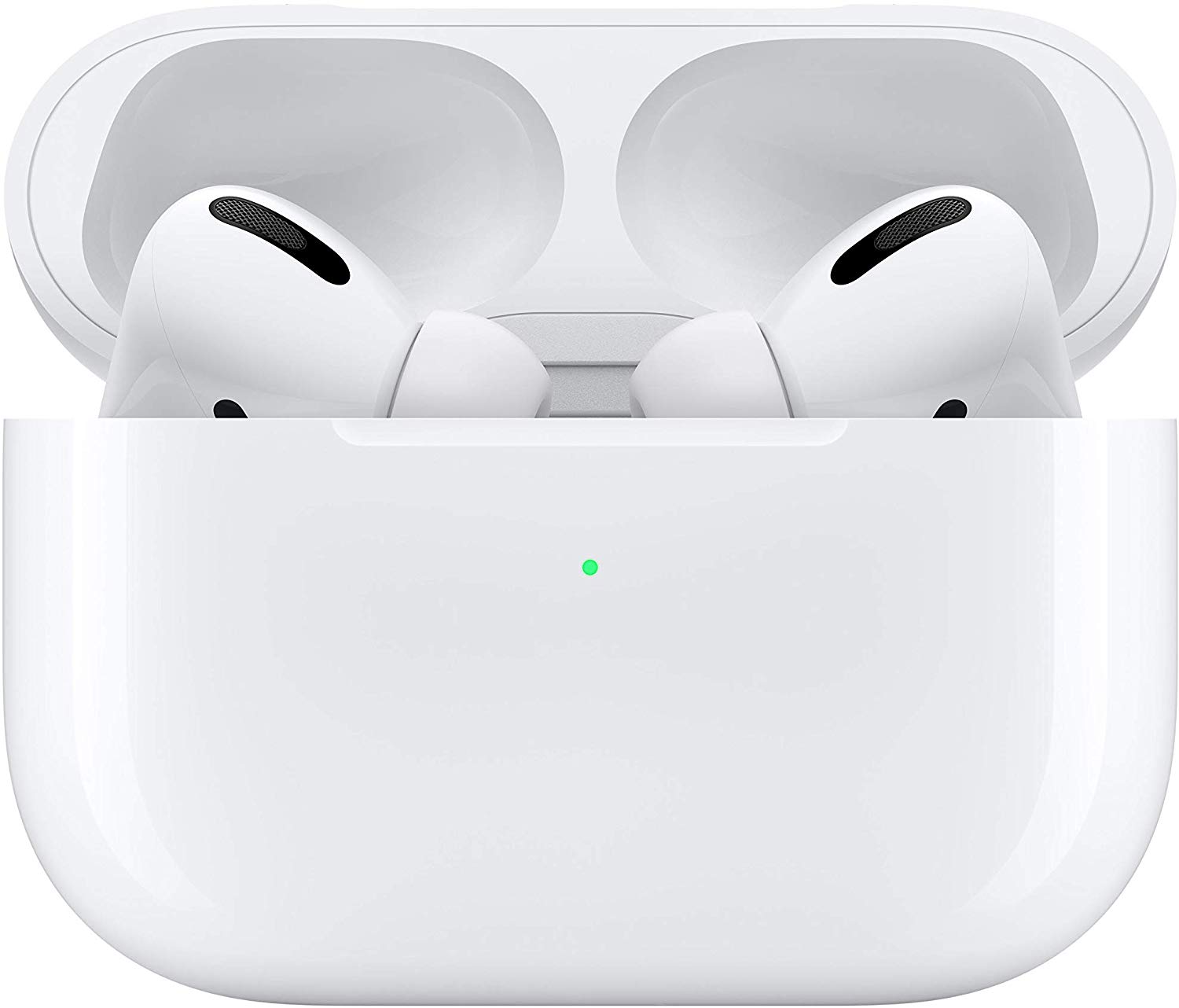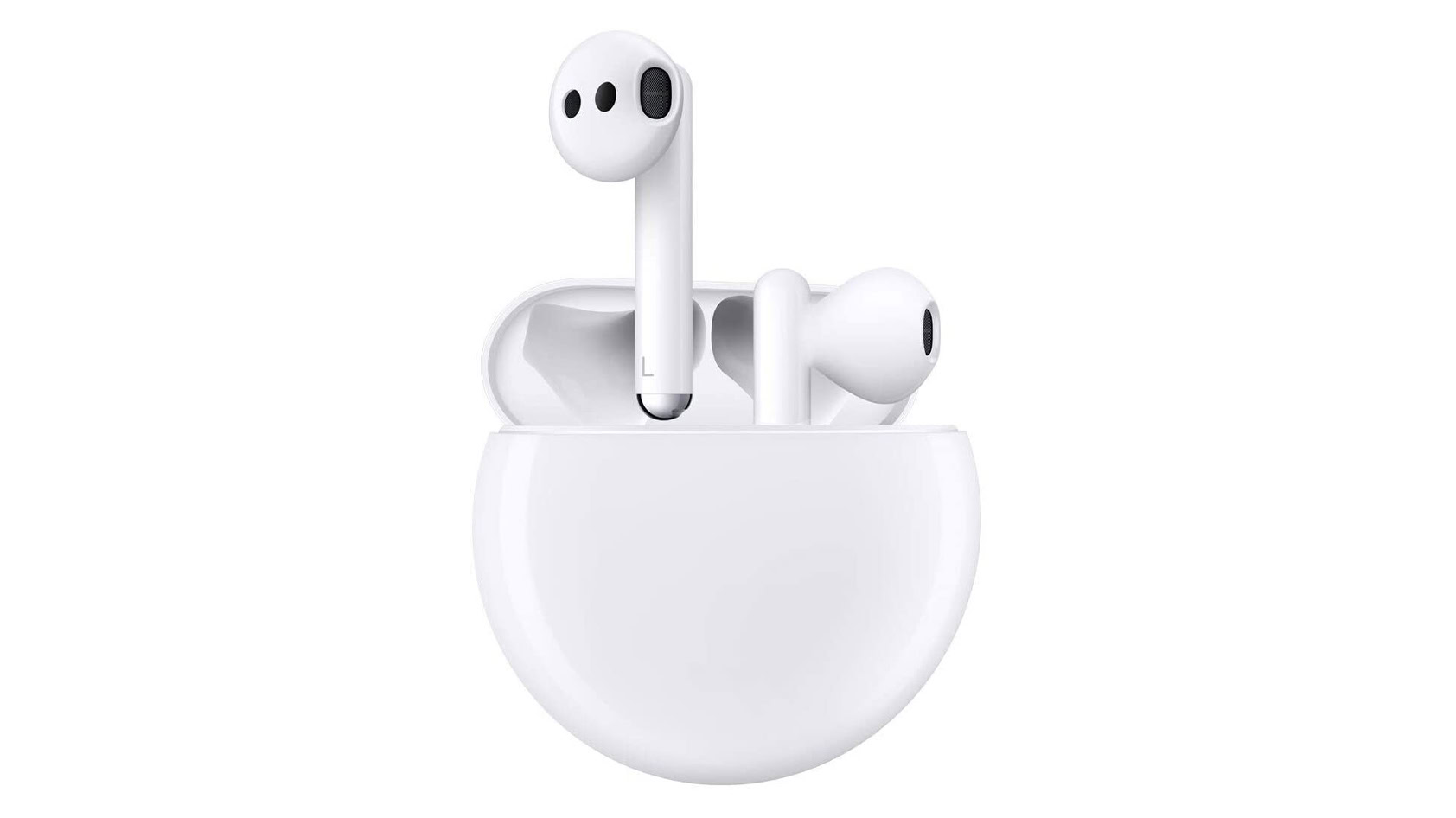Affiliate links on Android Authority may earn us a commission. Learn more.
Apple AirPods Pro vs HUAWEI Freebuds 3: The pro or the clone?
Published onDecember 10, 2019
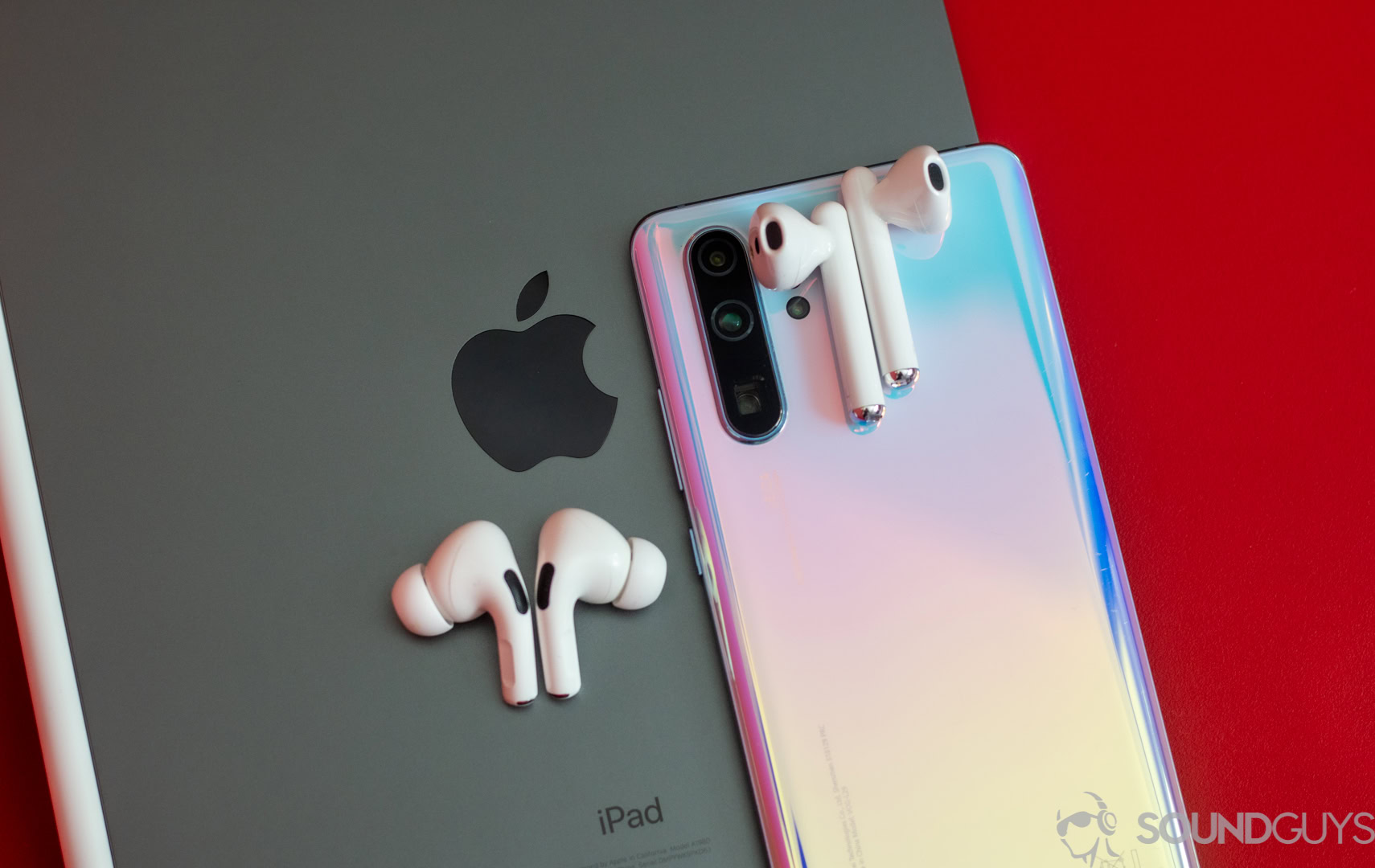
True wireless earbuds have been some of the most popular releases of the last few years, but it can be tough to figure out which ones are best for you. With the newest crop of ‘buds featuring active noise cancelling, we’re putting two of the most recent options against each other: the Apple AirPods Pro and the HUAWEI Freebuds 3. While you can’t really go wrong with either, there are still some things you should know before you pick one or the other up for yourself. Let’s get into it.
Which one has a better design?

Let’s start with obvious. The Freebuds 3, like the Freebuds before them, are an obvious clone of the AirPods 2. They feature the same design right down to the one-size-fits-all open-air approach to fit. Having reviewed the original AirPods, I have the same problem here regarding fit. The Freebuds 3 just would not stay in my ears no matter what I tried. Like the original AirPods, the HUAWEI Freebuds 3 either fit perfectly or they don’t fit at all. In our review, Bogdan said he didn’t have any issue wearing them. Similarly, both David Imel and Kris Carlon described a perfect fit when trying them. I was not so lucky, as just bending over to tie my shoes caused them to fall out of my ears. If you can get your hands on a pair to try, make sure they fit before buying. Apart from fit, the Freebuds 3 do a great job mimicking the premium Apple aesthetic right down to the metal cap on the bottom of the stem.
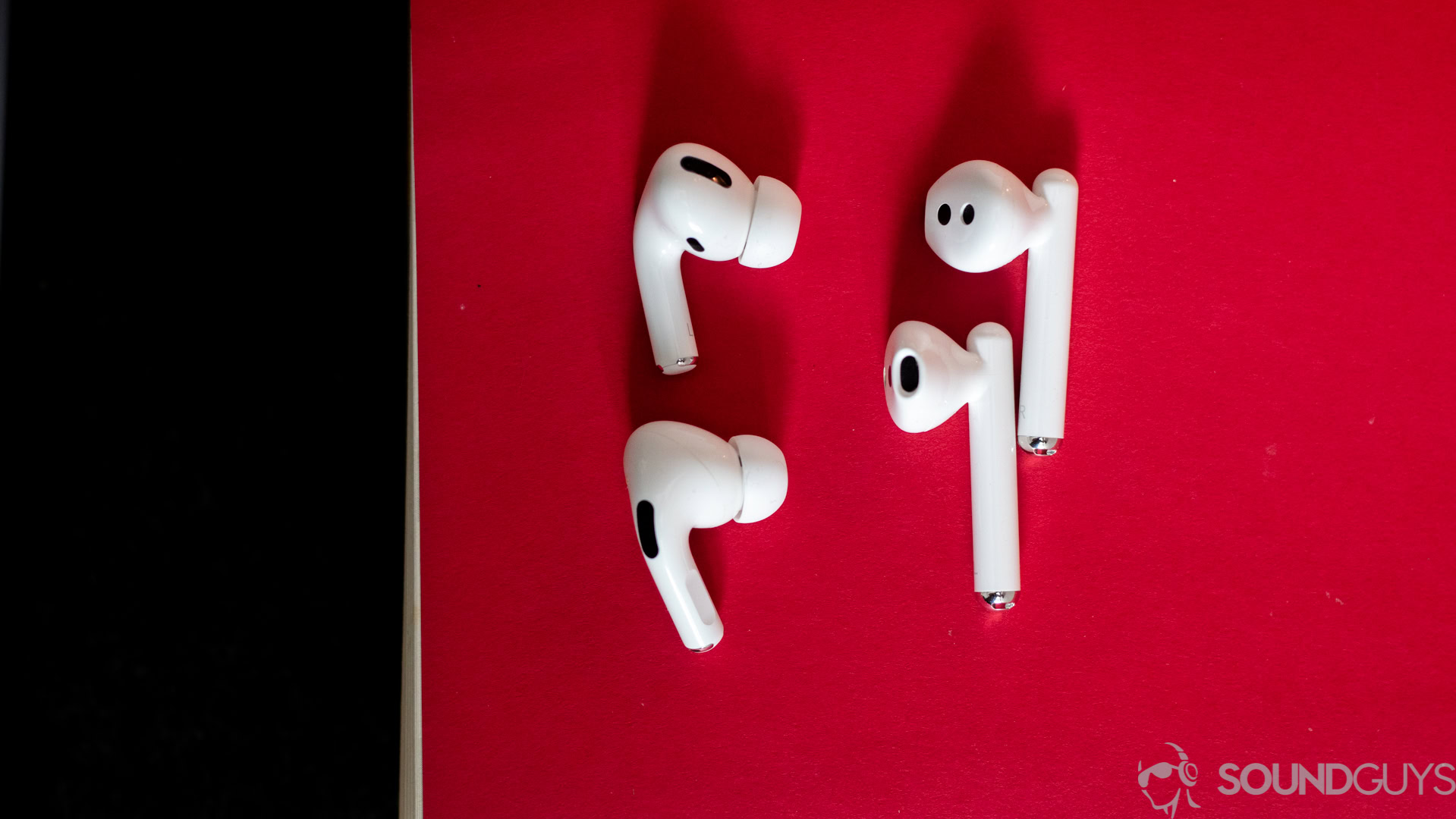
On the other hand, the AirPods Pro features a brand new design that most people will still find familiar. Just like the good ‘ol wired earbuds of the past, the AirPods Pro come with three different silicone eartips – large, medium, and small. This change helps account for the variety in human ears, meaning they’ll comfortably fit a wider range of people. Not everyone will find a perfect fit, but Apple finally seemed to realize how important a good seal is for blocking outside sound from reaching your ears. There’s even a fit test that you can take in order to make sure that you’re using the correct eartips. To no one’s surprise, this test can only be done from an an iOS device.
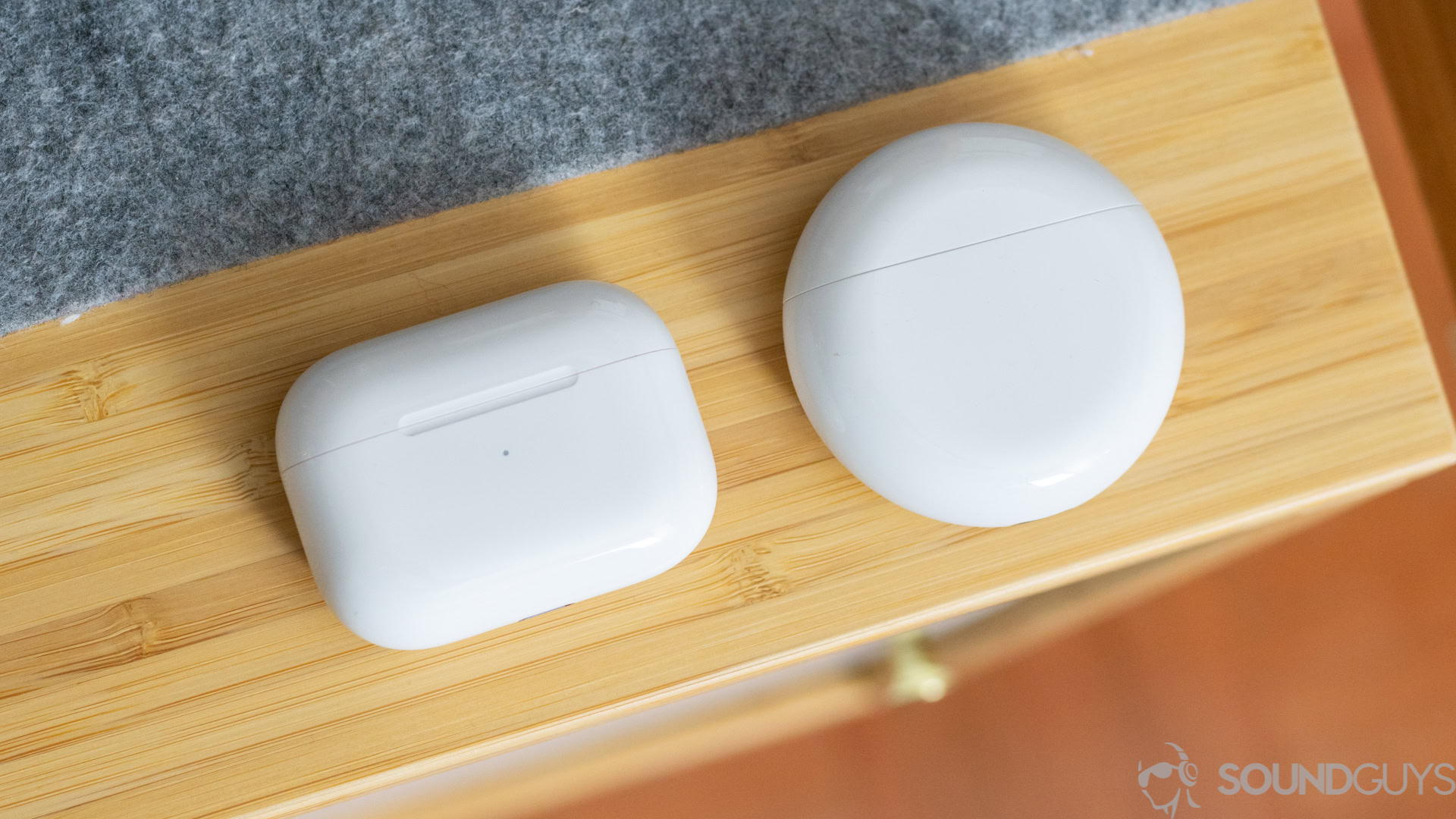
The cases for each pair of ‘buds are similar, though not identical. The AirPods Pro has a rectangular case while the Freebuds 3 have a circular case, but both are super easy to use and even easier to carry around in your pocket. The smooth white plastic is fairly similar on both, and the lid snaps shut almost exactly the same. There’s even a similar metal hinge on there back of both cases. Taking either pair of ‘buds one out of its respective case is almost the exact same experience. Magnets help both earbuds snap into place so you don’t have to worry about whether or not they’re charging.
Between the new design that prioritizes a better fit and the fact that the Freebuds 3 design is just a rip off of the original AirPods, this was a pretty easy one to judge. The AirPods Pro wins this category by a landslide.
Winner: AirPods Pro
Which true wireless earbuds have better active noise cancelling?
The primary feature Apple and HUAWEI tout for their earbuds is active noise cancelling, so let’s compare. The way to read the graphs below is easier than it looks. All you need to know is that the higher the peaks, the more noise is being cancelled. The closer the line is to 0dB (or if it’s flat), the less outside noise is being cancelled.
The winner here is obvious: it’s the AirPods Pro. While the HUAWEI Freebuds 3 claims to offer up to 15dB of noise reduction, it’s hindered by the open design that, by default, allows outside noise to leak in. While it is fairly effective in certain situations, such as when you’re sitting in a room with a running fan or microwave, it doesn’t completely mask the noise. It just makes it sound a little quieter.
The AirPods Pro, on the other hand, do a really good job with ANC as you can see by the bumps between 100Hz -1,000Hz on the graph. This is where most ambient noise resides, and while the AirPods Pro ANC won’t completely negate the drone of an airplane engine or train, which tend to lie in that sub-100Hz range, it’s more than good enough to make your everyday life just a little quieter.
Moreover, the AirPods Pro have a transparency mode that lets you hear what’s going on around you. The Freebuds 3 don’t have a transparency mode, so if you seek a little bit of practicality from your headphones then the AirPods Pro are the way to go.
Winner: AirPods Pro
Which one sounds better?
When it comes down to it, these are both still earbuds and sound quality is still important. Obviously, neither is going to give you reference-level quality or over-ear amounts of bass due to the small drivers inside, but that doesn’t mean they sound bad. For earbuds, they both actually sound pretty good, though they take different approaches.
By looking at the frequency response graphs for both pairs of earbuds, you can see that the AirPods Pro tends to have a slight bump in the low end (pink), which means that bass notes will sound a little louder when compared to other notes. Compare that to the Freebuds 3, which has a sharp dip in the low end that trails off in the deep lows, and it’s easier to understand why the Freebuds have such weak bass response. This is most likely due to the open-air fit of the Freebuds 3, while silicone eartips help seal up the AirPods Pro. By physically blocking your ear canal, rather than just sitting in it, the AirPods Pro are able to keep a lot of those low-end frequencies in your ear instead of leaking them out.
This concept also applies to outside sounds coming in. Where the AirPods Pro block outside sound by physically being in your ears, the Freebuds 3 let sound in easily, making it harder for you to hear the low-end notes of your favorite songs.
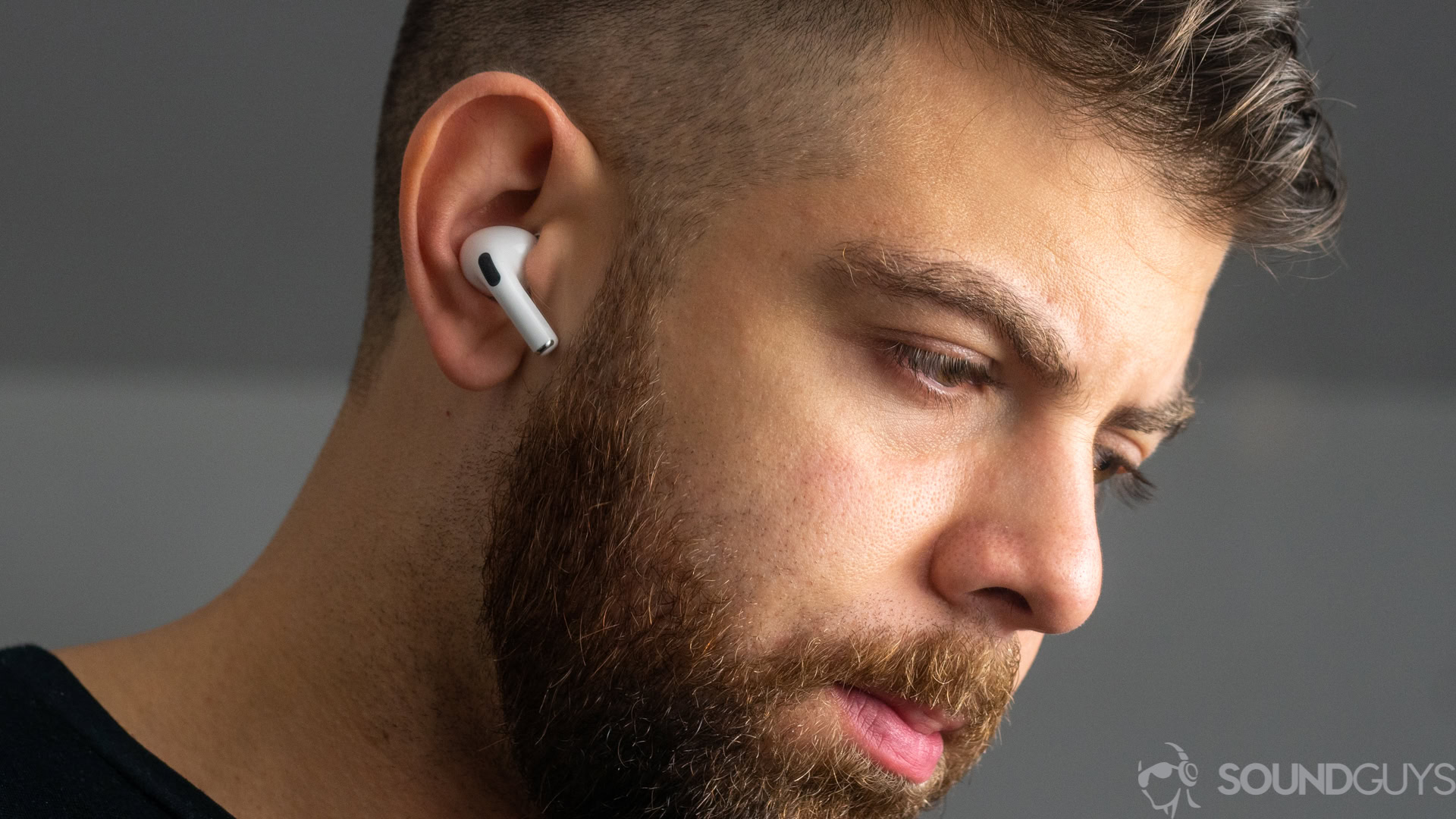
That said, the story changes a bit as we move up the frequency response graph. Where the HUAWEI Freebuds 3 appear to have a relatively flat line in the mids (pink to green), meaning there is no extra emphasis given to those notes, the AirPods Pro line is a little bumpy in that area. This means instruments like guitars and vocals, which reside in these frequencies, will sound a little clearer and more natural on the Freebuds 3 since there is little to no extra volume given to them.
The highs were more emphasized in the Freebuds 3 when compared to the AirPods Pro, so cymbals and certain aspects of human vocals should sound a little louder. That makes sense since the design of the Freebuds 3 allows outside noise in. The extra emphasis in the highs should help you hear those extra details.
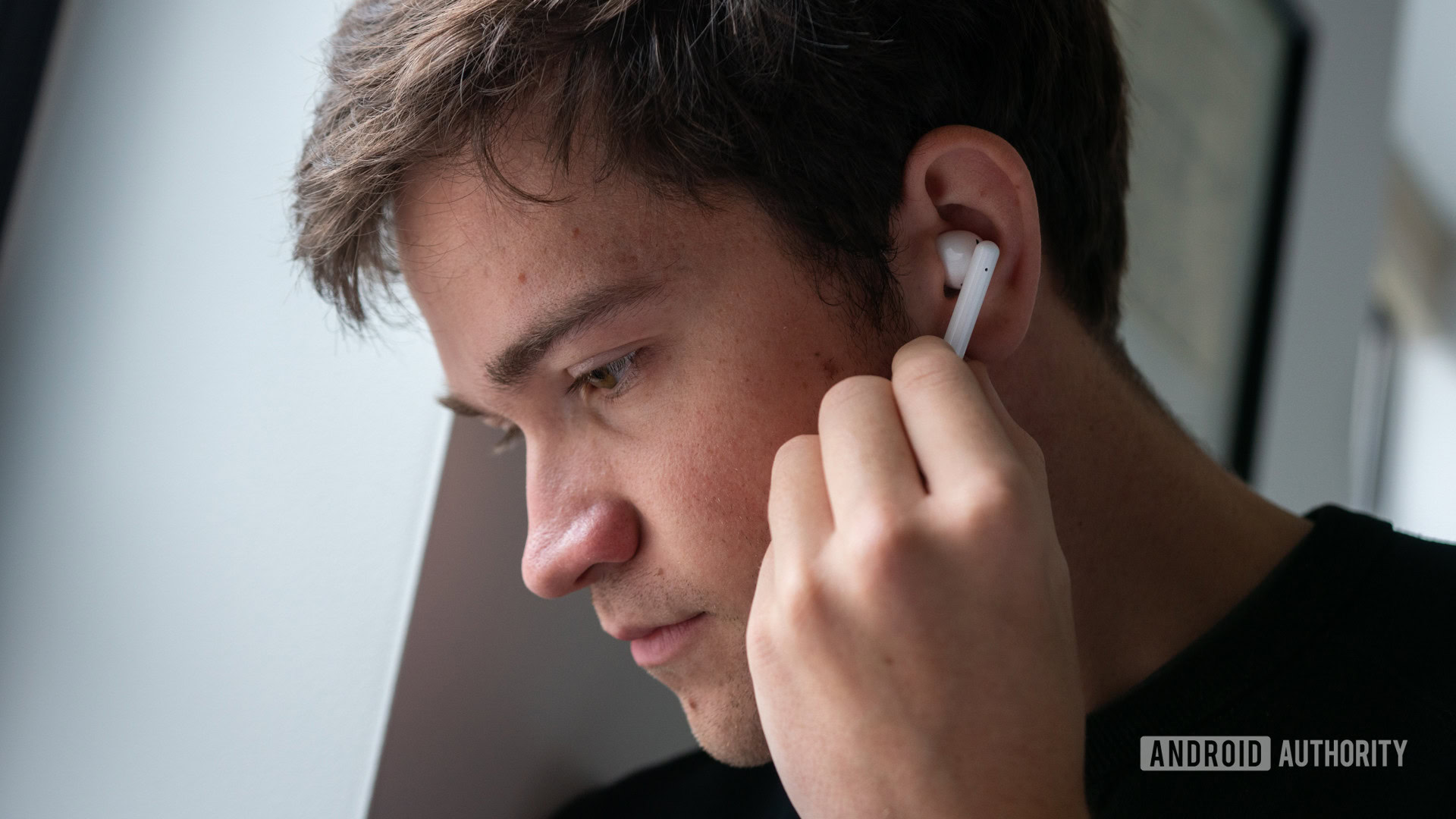
So which one sounds better? As always, sound quality mainly comes down to preference, but in this situation, it also helps to think about the use case. The AirPods and Freebuds are probably going to be used as an everyday pair of ‘buds that you’ll carry everywhere. Because of that, you’ll likely get a better experience from the AirPods Pro since the ear tips allow for better isolation from the outside (even without the active noise cancelling.) The passive sound isolation will also come in handy if you tend to listen to bass-heavy music, as lower notes are the hardest to hear when there’s outside noise leaking in. Whether I’m listening to music or the AA podcast, I prefer the isolation in this situation just because it fits what I listen to a little better.
Winner: AirPods Pro
Let’s talk microphones
We have to talk about microphone quality. You can see on the graphs above how the HUAWEI Freebuds 3 have a slight emphasis in the low end of the vocal range. The result here is that lower voices will be picked up by the microphone easier than with the AirPods Pro. Still, this is one of those things that it’s easier for you to just hear for yourself. It’s a close call, but we’re giving this one to the HUAWEI Freebuds 3.
Winner: HUAWEI Freebuds 3
Which one has the better connection?
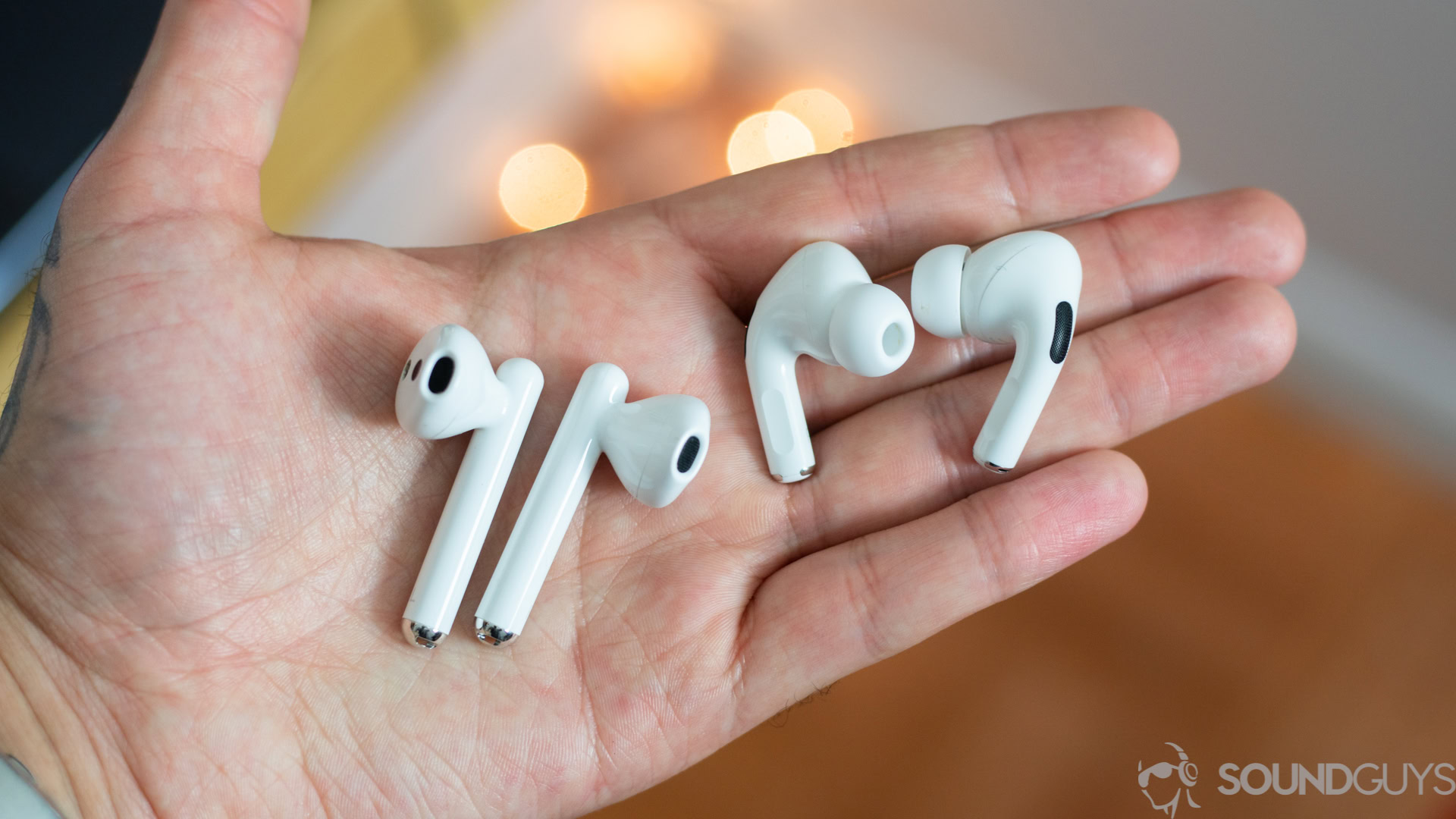
Part of the issue with Bluetooth earbuds, in general, has always been connection strength. There’s nothing fun about the song you’re listening to cutting out, or the audio of the YouTube video you’re watching failing to sync properly. This led manufacturers to seek workarounds, which both Apple and HUAWEI have done for their respective true wireless earbuds.
The Apple AirPods have the H1 chip inside, which not only allows for a strong connection between both earbuds and your source device, but also makes the initial pairing process much easier. As soon as you open up the case a card will pop up on your iOS device that lets you click to connect automatically.
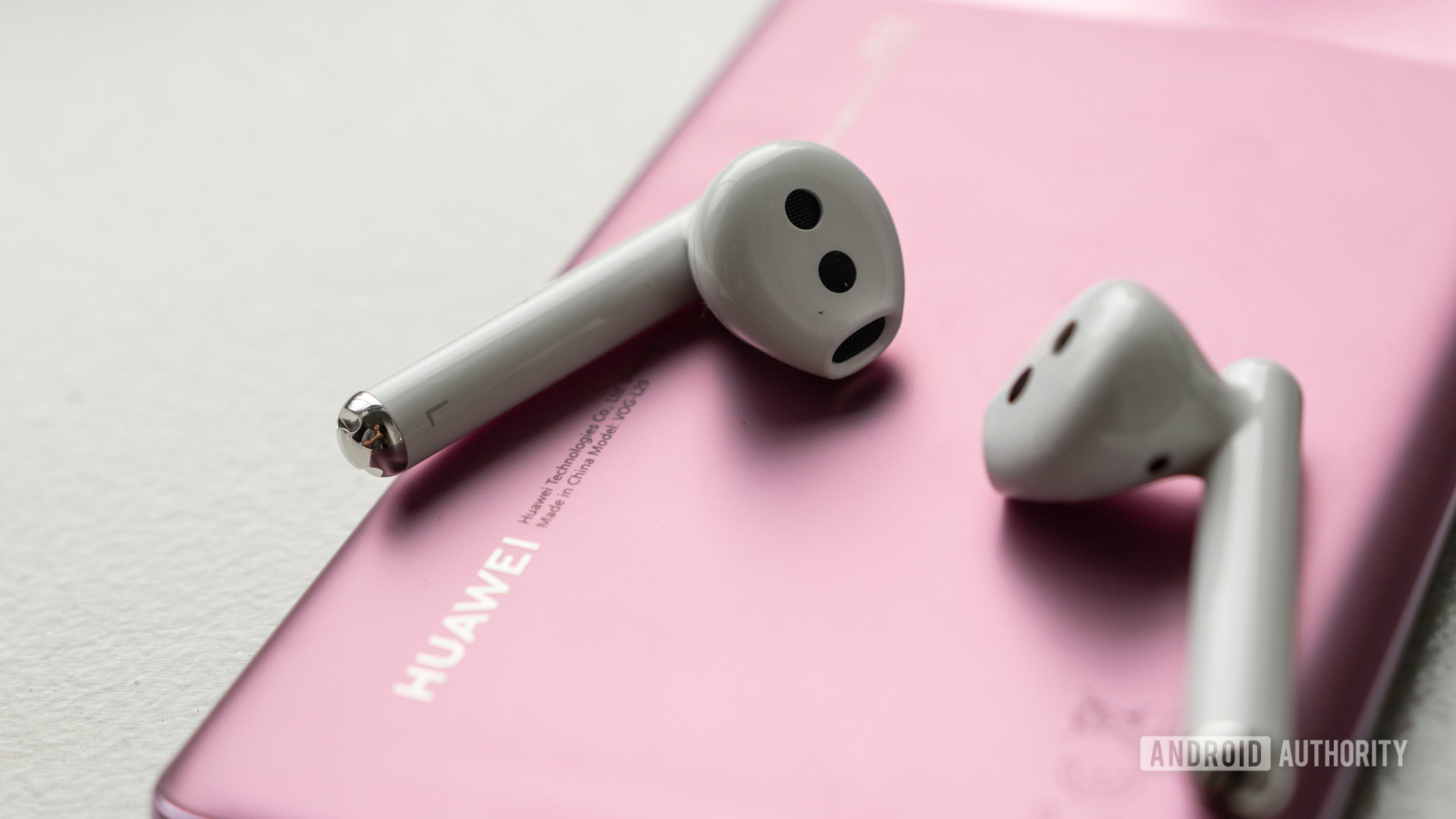
Similarly, HUAWEI has the Kirin A1 chip inside its ’buds with Bluetooth 5.1. This allows each earbud to receive audio data from the source device individually, resulting in shorter lag and fewer skips. Overall, the A1 chip makes for a good experience, one that even rivals the seamless experience of AirPods. The HUAWEI Freebuds 3 also have a copycat pop-up card to pair easily with your HUAWEI device. To pair with non-HUAWEI devices, you’ll have to hold down the Bluetooth pairing button on the side of the case for two seconds to enter pairing mode, and then connect via the phone’s Bluetooth menu.
As far as connection strength goes, I had no issues with skipping or stuttering for either of these. The respective radios inside held up nicely to everyday use. Both worked fine whether my phone was in my pocket or across the room, and the only time they disconnected was when I intentionally tested the range. I was able to push both to around 40 feet with a wall or two in between before the connection lapsed. As long as you’re not expecting to leave your house without your source device, then you shouldn’t have any issues.
Both Apple and HUAWEI offer the best experience to those who choose to use matching products. When it comes down to it, this one is too close to call.
Winner: Draw
Which one is easier to use?
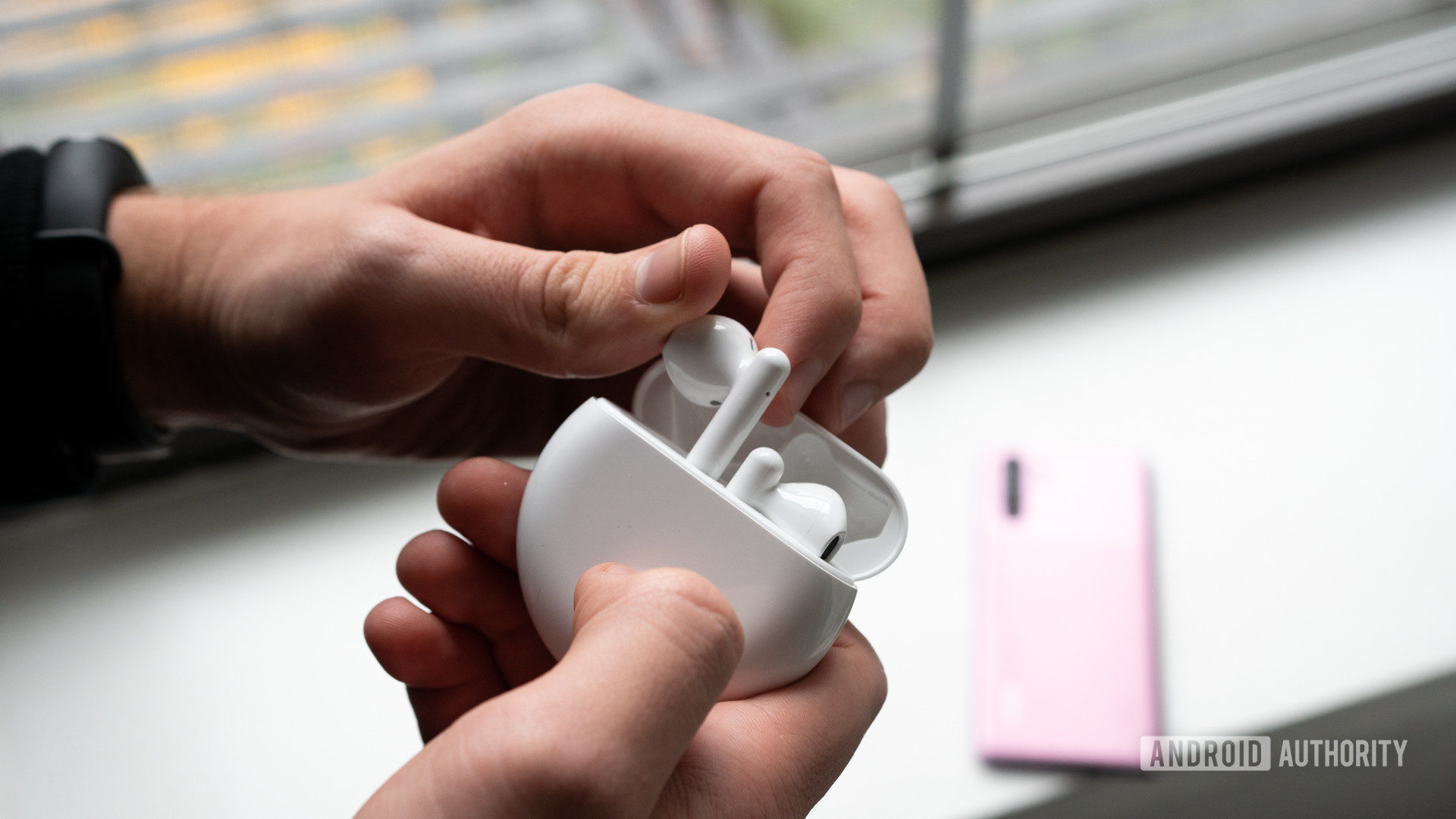
Whichever pair you choose, you likely won’t have many issues using them. They both pair seamlessly with their respective devices, both have an auto-pause feature when one earbud is removed from your ear, and both snap back into their respective charging cases perfectly. On top of that, they both have a very strong connection that results in basically no skips and stutters.
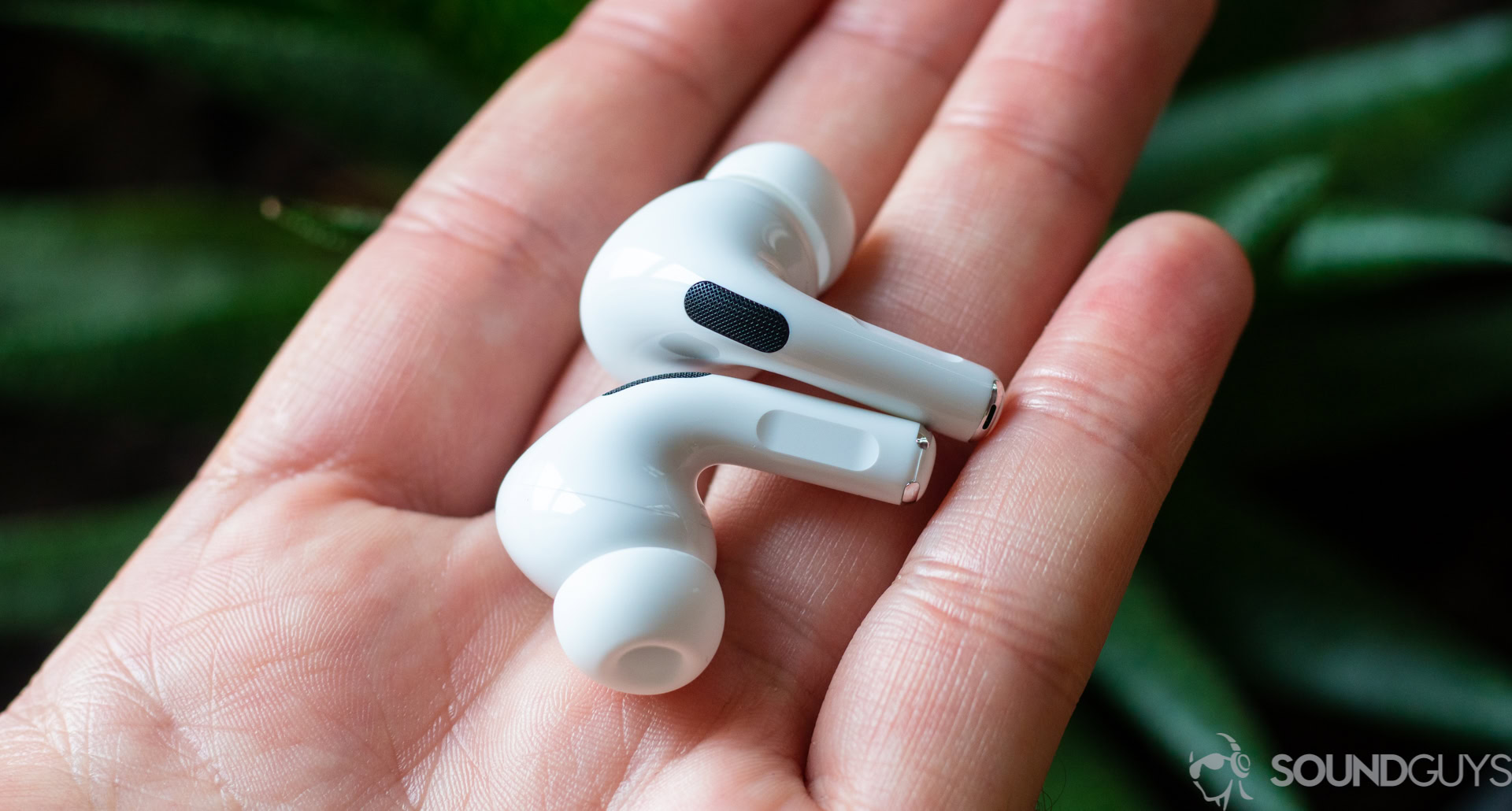
What about playback controls? Both have the same basic playback controls, and both lack true volume controls.
I found the squeezable stem of the AirPods Pro consistently worked perfectly. Comparatively, the tap-sensitive HUAWEI Freebuds 3 was a little hit or miss. I found myself double-tapping the Freebuds two or three times before they performed the correct function. True, these issues were few and far between, and for the most part the controls work fine, but I had almost no issues with the AirPods Pro and its squeezable stem.
Winner: AirPods Pro
Which one has the better battery life?
This section is probably the easiest to gauge. On background, we test all headphones at a constant output of 75dB, which is just below the levels that can result in noise-induced hearing loss. Once we’ve achieved a volume of 75dB, we play a mix of music on repeat until the battery dies. With this method, the AirPods Pro lasted 5 hours and 6 minutes when connected to an iPad Pro. Apple claims that the charging case will give you about 24 hours of extra listening time.
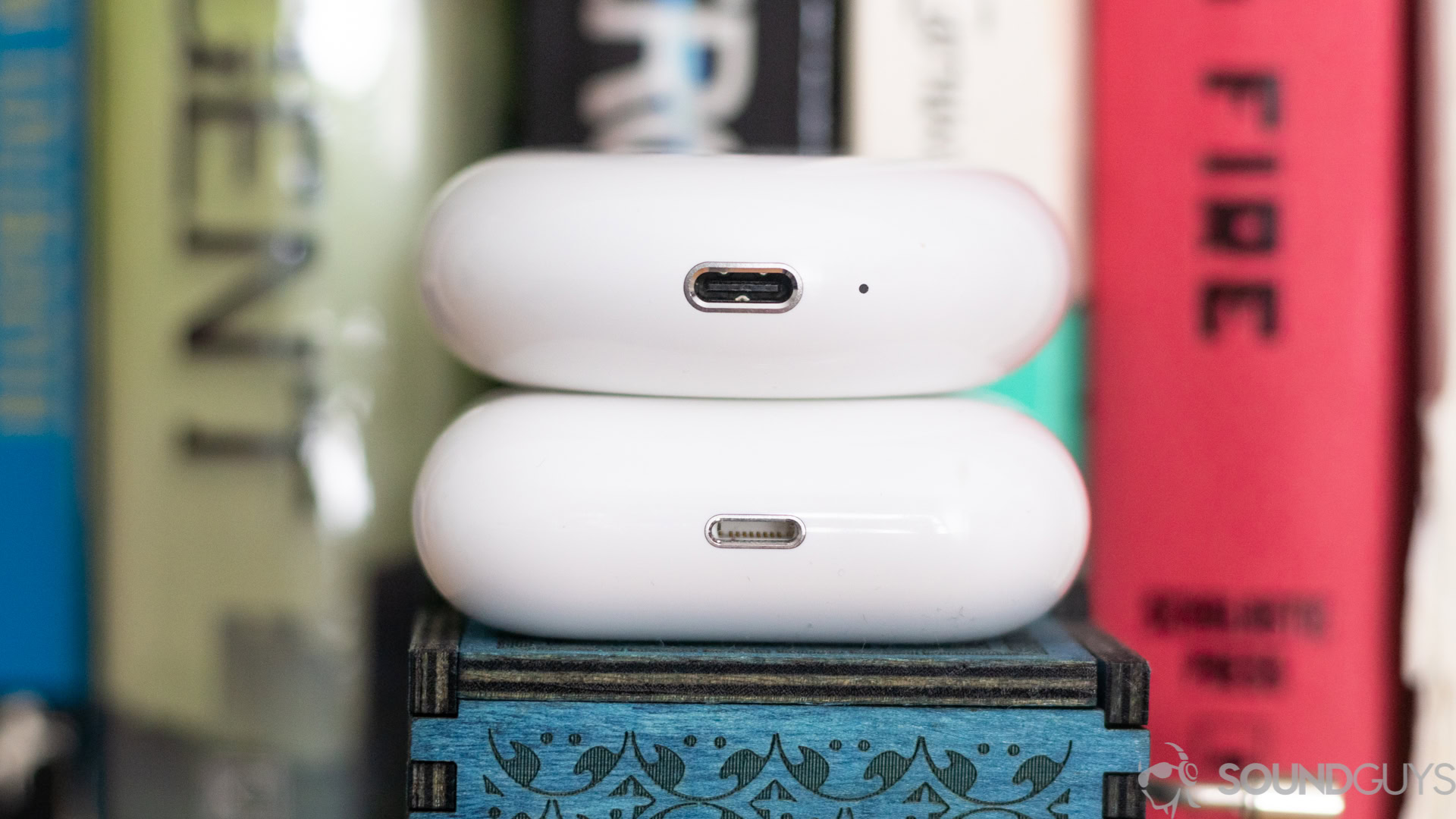
The HUAWEI Freebuds 3 managed to get about 4 hours and 7 minutes running the same test connected to a P30 Pro. The charging case provides another 20 hours of listening time and only takes about an hour to charge up from zero to one hundred.
As far as the earbuds are concerned, the AirPods Pro outperforms the Freebuds 3 by an hour. That said, the Freebuds 3 charging case is hands down the one I’d prefer. While both cases are made of fairly similar (cheap-feeling) plastic, and both can charge wirelessly with any Qi-wireless charger, the Freebuds 3 charging case uses the (industry standard) USB-C. Apple opted for its own Lightning connector, which is the same cable current iPhones rely on. Thanks to the USB-C future-proofing, the Freebuds 3 case is more appealing.
Winner: Draw
Should we talk price? Yeah, let’s do it.
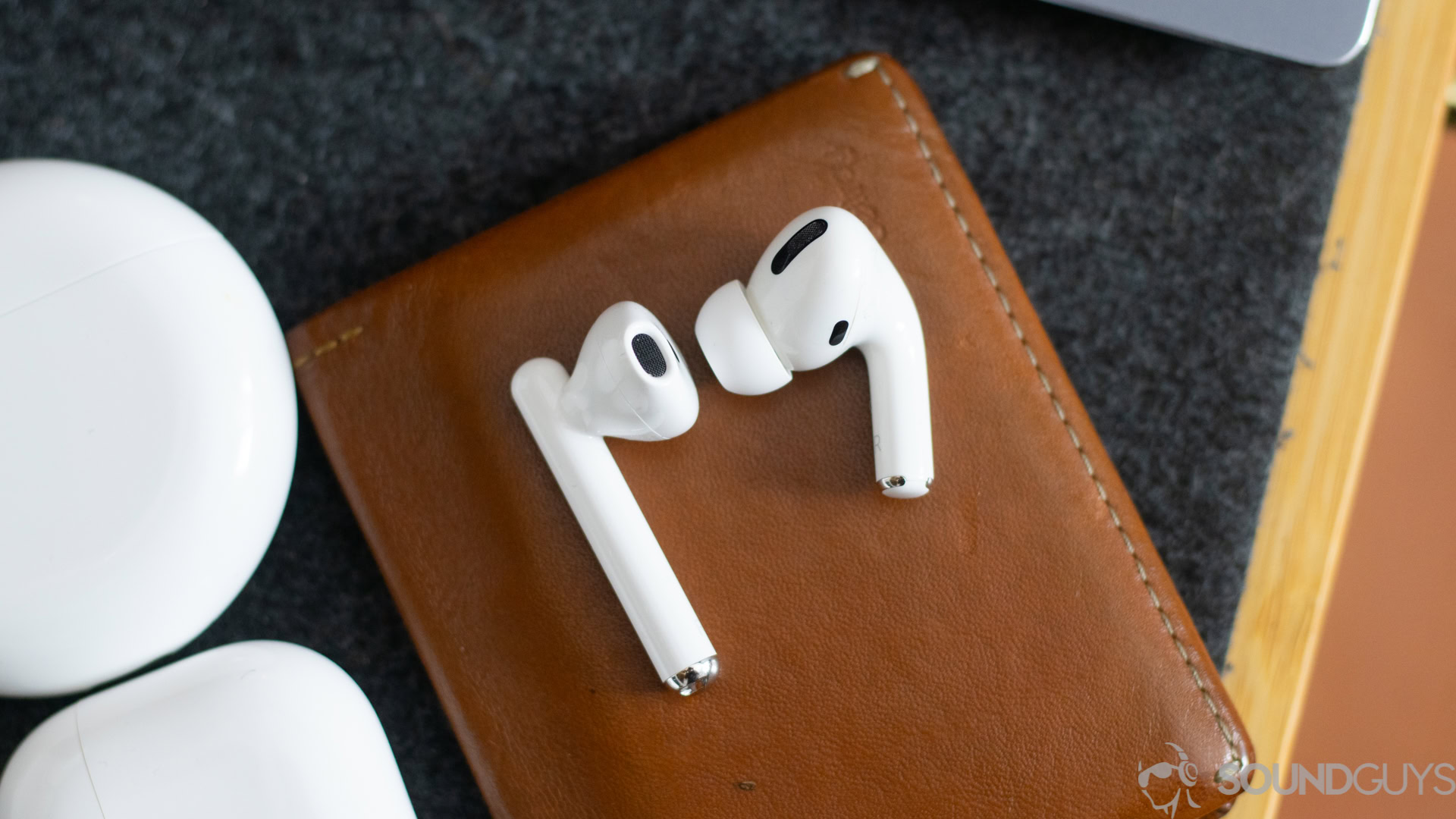
One of the most important factors to consider when buying something is the price. While the AirPods Pro and the Sony WF-1000XM3 are both great true wireless earbuds with active noise cancelling, they both also cost $249. That’s a tough pill to swallow for most people. HUAWEI’s move to price the Freebuds 3 just slightly below that at around $220 makes them a hair more affordable. Not exactly cheap, but definitely more competitive — especially considering how similar the products are.
Winner: HUAWEI Freebuds 3
So should you buy the AirPods Pro or the HUAWEI Freebuds 3?
So yes, the AirPods Pro win in this tit-for-tat battle. Whether or not they are right for you depends on a few things. If you’re an iOS user the answer is obvious. You’ll get the most out of the AirPods Pro, since you’ll be able to make use of all the features. Similarly, HUAWEI users will get slightly better sound quality from the Freebuds 3, thanks to optimized pairing with the company’s phones.
That said, it’s no secret that HUAWEI is going through a bit of a rough patch here in the US and, at this time, the Freebuds 3 aren’t available stateside. In addition to which platform you prefer, depending on where you live may also play a role as you decide on one over the other. If you live in Europe, the Freebuds 3 are available to buy via Amazon or through HUAWEI.
Availability aside, there is one aspect where the AirPods Pro soundly defeat the Freebuds 3, and that’s active noise cancelling. The AirPods Pro is significantly better in this category. The only other pair of true wireless earbuds better than the AirPods Pro at active noise cancelling are the Sony WF-1000XM3 ’buds.
So if you’re on Android, live in the US, or just want similar features to the AirPods Pro, then the Sony’s currently your best bet.
